May 03, 2018
From Transactional Environments to Transformational Experiences

May 03, 2018

As Environmental Graphic Designers, we are very aware of the influence the built environment plays on the types of experiences that you have. Some environments generate active excitement, such as a stadium or sports arenas, while others instill reflection and quiet interaction, such as a library or museum gallery. We know that the designed environment plays a significant role in the quality of the experience we have and the memories we take with us. At RSM Design, we strive to uncover creative solutions that foster meaningful connections between people and place. We realize that in every project there is an opportunity to create extraordinary experiences that move away from a traditional Transactional Environment and toward an innovative Transformational Destination.
Transactional Environments help us get what we need as efficiently as possible. These environments, such as shopping on Amazon or at a power center/strip mall, are designed to facilitate quick searches, purchases, and exits. They maximize the transactional efficiency of meeting pressing needs, allowing us to get something for the best price with minimal exertion.
The significant impact we can make as environmental graphic designers is to create Transformational Experiences. This approach fosters meaningful experiences at destinations that value the quality and breadth of experiences beyond the exchange of goods and services. The ultimate aim of these places is to encourage visitors to stay longer, enjoy the journey and feel connected and ultimately transformed after they have visited. Visitors gain a sense of place and community and identify with the environment as their own. They then want to share memories with others and encourage them to visit as well.
We have all been able to sense the difference between Transactional Environments and Transformational Destinations. The first environment may feel streamlined and even sterile, while the second feels thoughtful, engaging, and enriched. The Transactional Environment values speed and efficiency of the momentary need, and the Transitional Destination values quality relationships that evolve but retains relevance. We all have favorite Transformational Destinations that make us feel engaged, alive and inspire our unique stories.
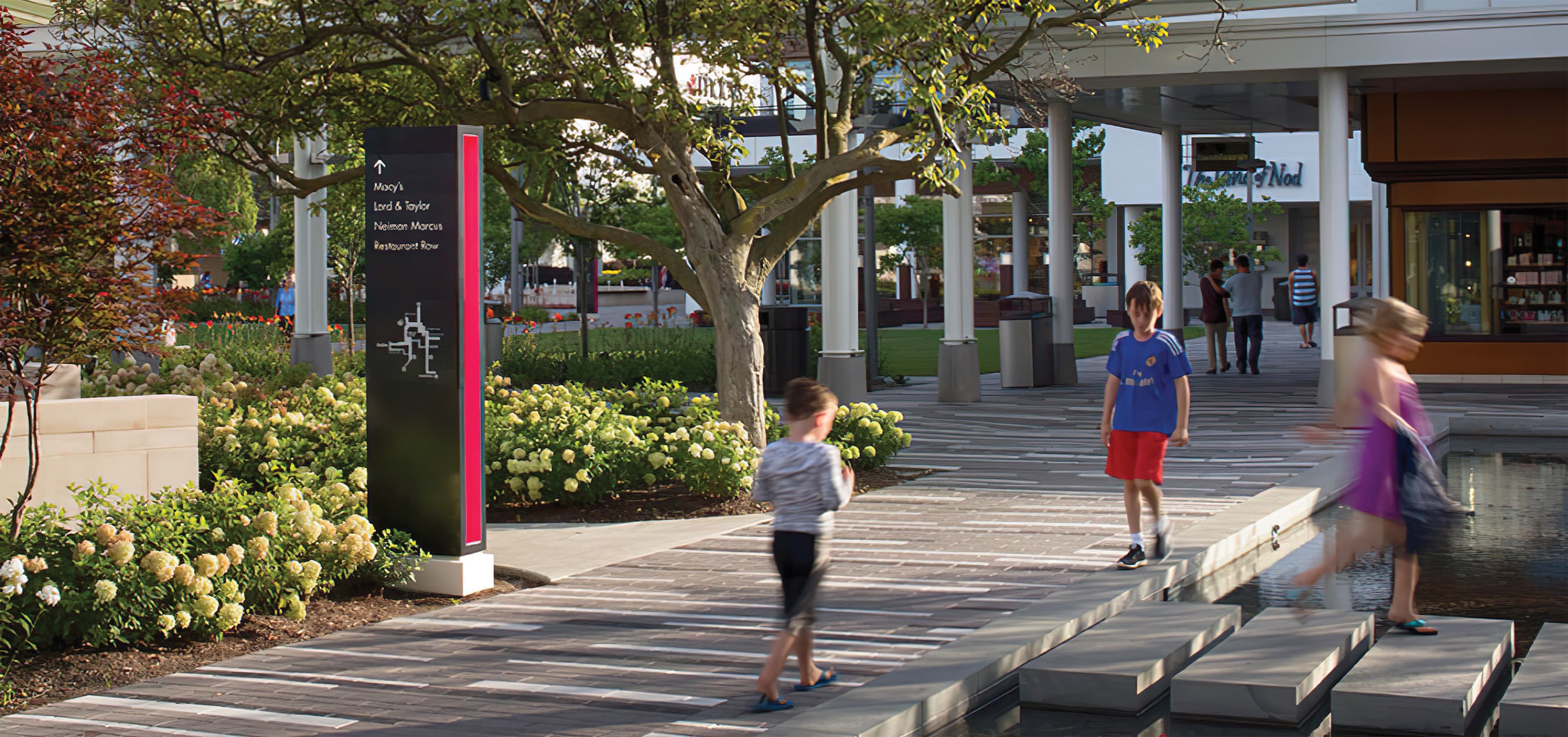
One of the key questions that RSM Design asks ourselves as a studio is, How can we encourage our visitors to not only enjoy the environments we design but IDENTIFY with them as their own? How do we create Transformational Destinations? Like a diamond in the rough, we believe the intrinsic quality of a place can be uncovered through a deliberate and thoughtful design process. Our job is to uncover the essence of a place and help bring to life deeper meaning, purpose and values that people can connect with.
RSM Design knows that if we want people to keep coming back to a place, their experience must be meaningful and memorable. We also know that creating an emotional experience is only the first step. The studio finds ways to engage the whole person through all four intelligences by bridging human needs with the built environment, engaging individuals in fundamental ways: Connect, Activate, Think, and Inspire. These concepts tap into the core dimensions of the human experience, engaging the whole person with the built environment.
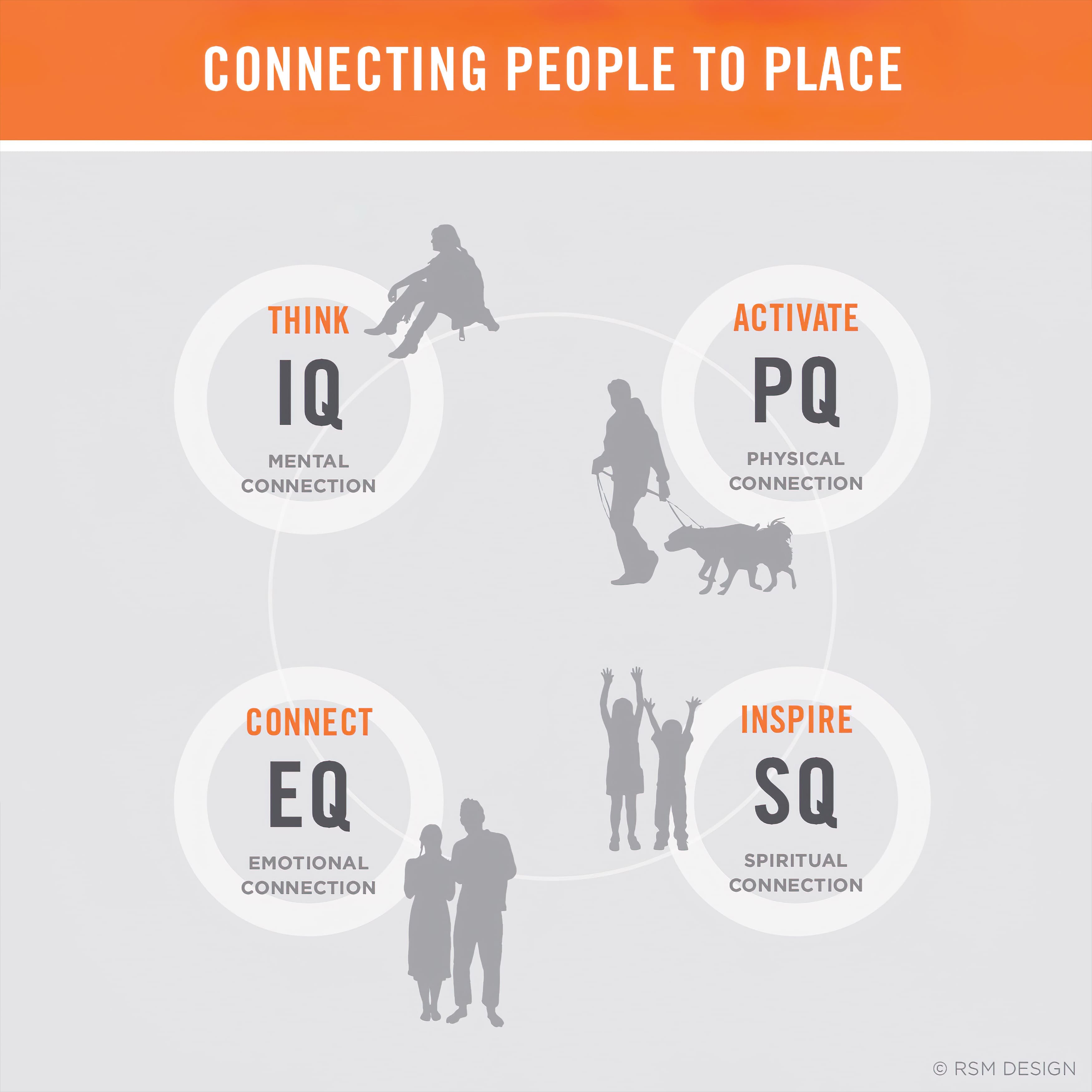
Places that CONNECT foster community, are rooted in the culture and context of the places in which they reside, and provide a strong sense of belonging. Environmental graphics provide a clear identity to a place, capturing the essence and establishes a vocabulary that people can reference as a message or story about the place. The elements of name, logo or mark, color, pattern, materials, geometry, etc. are the placemaking components that work together to align the core values of the project in the physical environment. These elements provide the emotional connection of people to place through multilayered experiences.
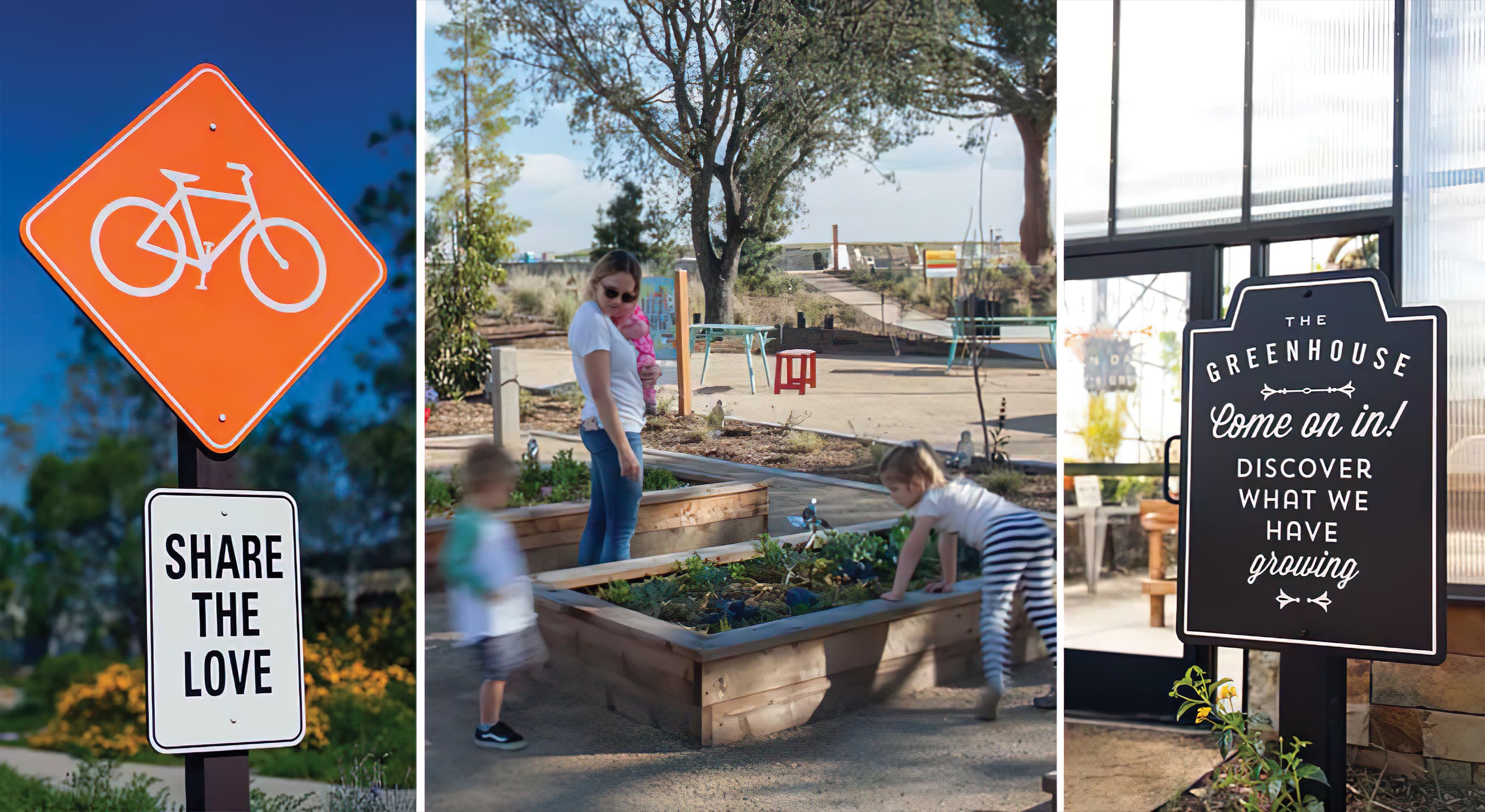
Places that ACTIVATE engage people in the physical environment. Healthy environments that provide walkability and circulation encourage exploration and engagement. Kevin Lynch’s landmark book, The Image of the City, describes the intuitive elements that help individuals easily understand and navigate a place. By utilizing paths, edges, districts, nodes and landmarks, we can intelligently guide people through an environment. Identity signage and wayfinding elements such as directional signs and directories provide comfort and confidence for people to fully engage with the environment.
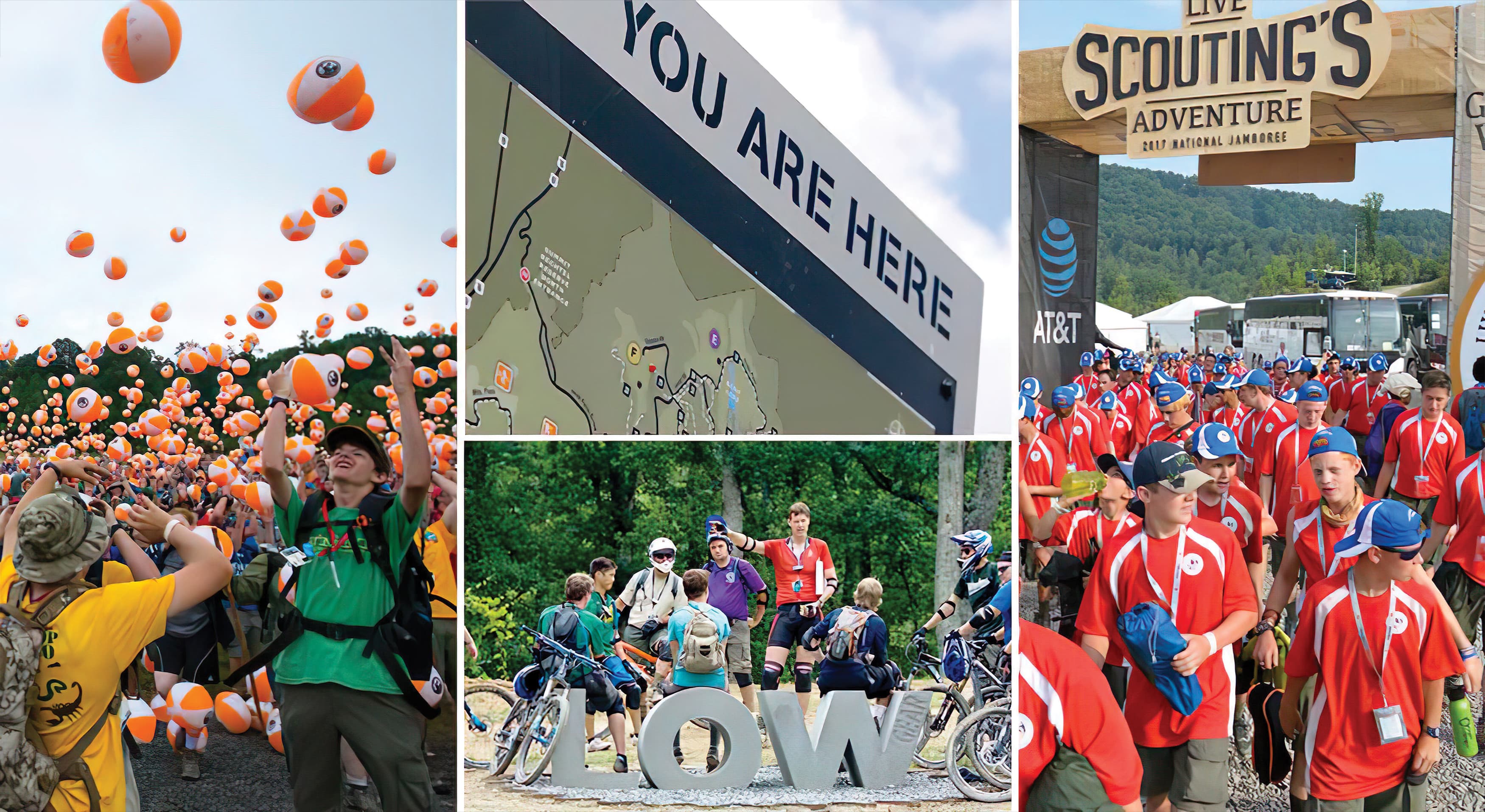
Places that make you THINK engage the mind. These places encourage people to explore, question, learn and experience something new. Storytelling becomes a vital component in fostering learning, such as educational programs in public spaces. Interactive educational elements for landmarks and placemaking components provide thoughtful and relevant engagement with places that enrich the understanding of places and their history or current cultural context.
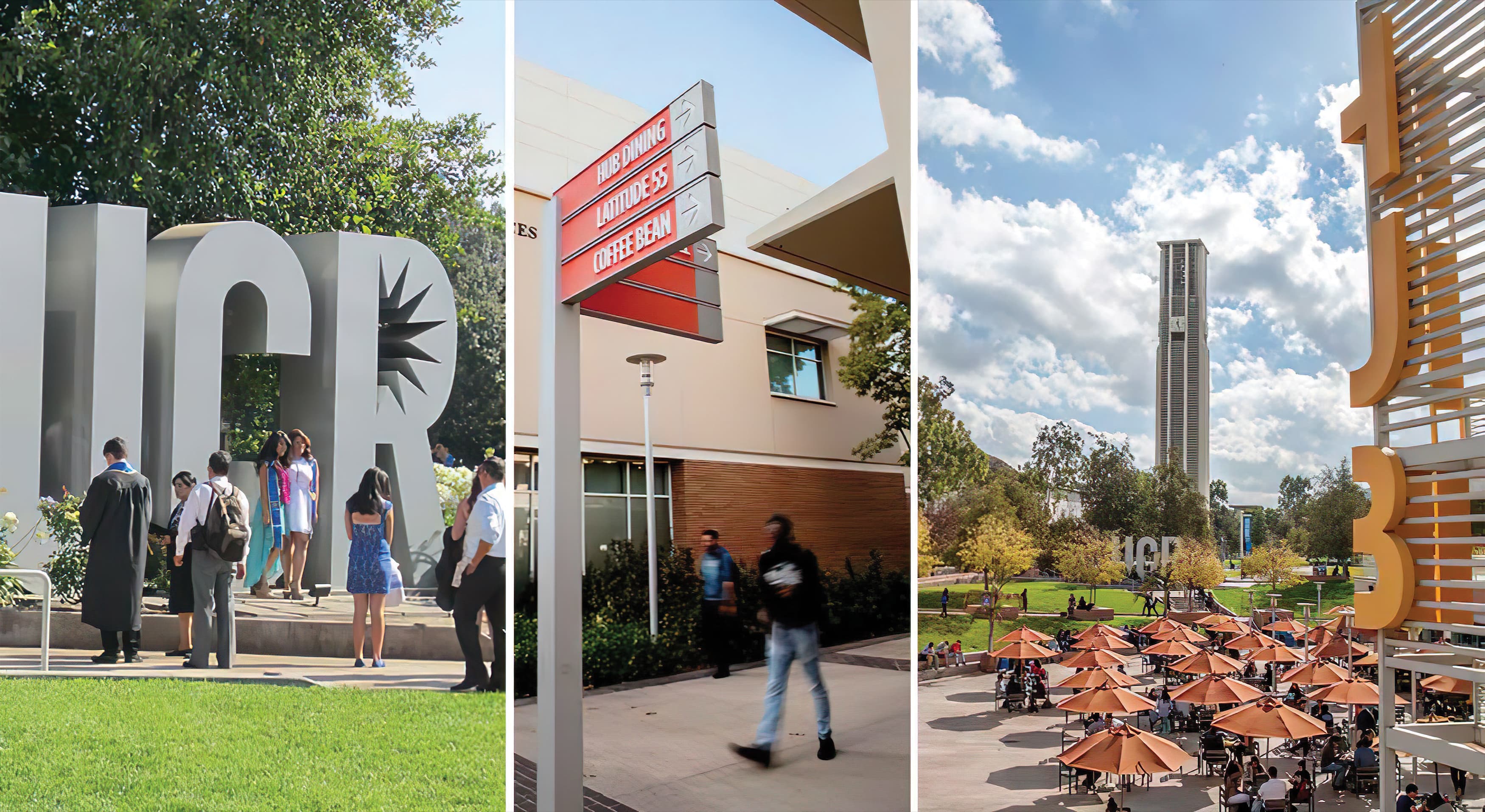
Places that INSPIRE offer delight, surprise and wonder. Through a series of carefully orchestrated experiences, people awaken their senses, pause and enjoy the environment on a new level. These places ask people to be present and aware, as well as adding a layer of purpose and meaning that enriches the experience. Places that inspire have integrity in their design as they align vision and values with authentic environments.
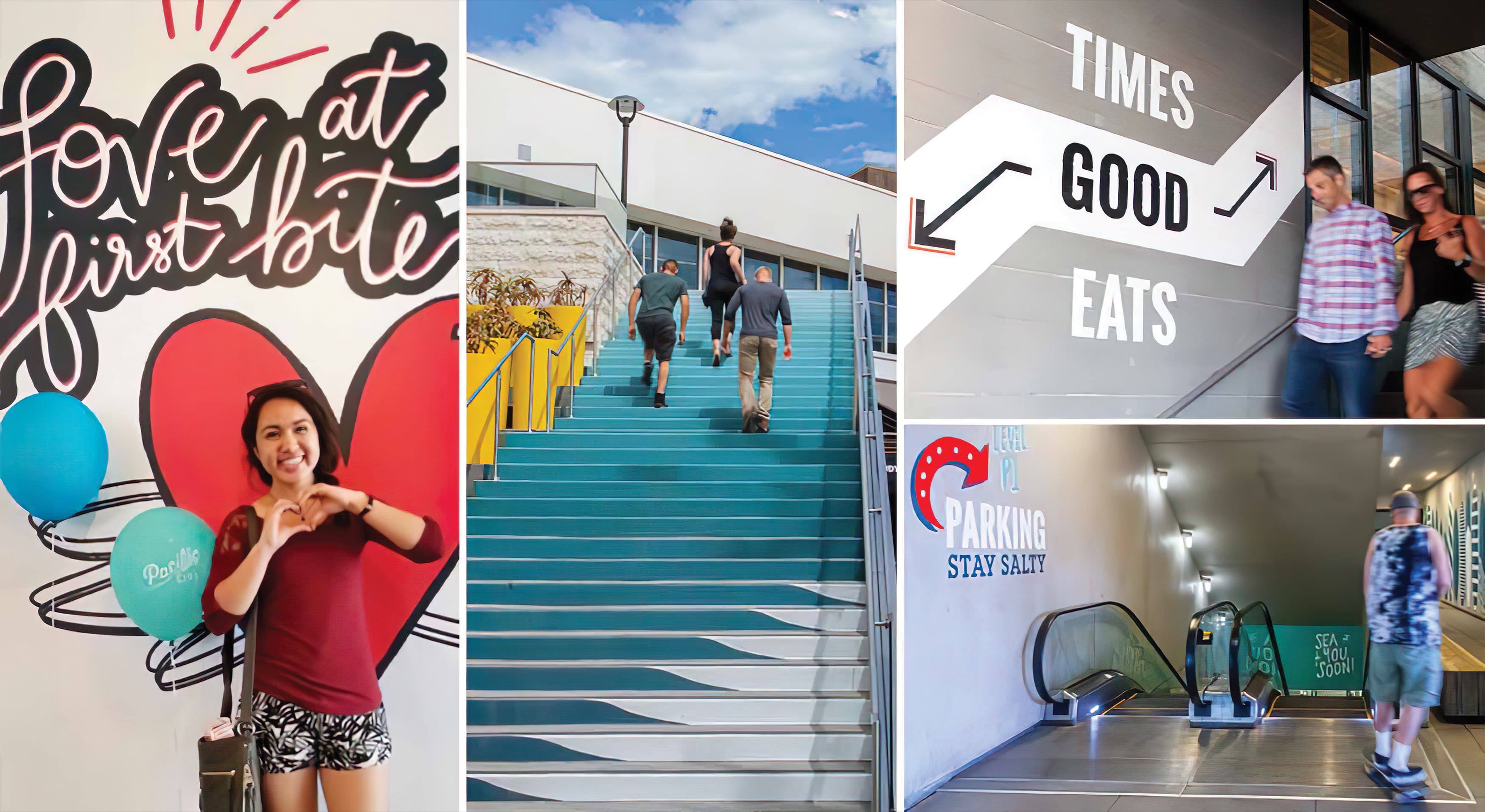
Transformational Destinations foster meaningful connections between people and places by engaging people with the built environment in a rich and multifaceted way. These places then become part of a community’s shared identity that people can call their own.